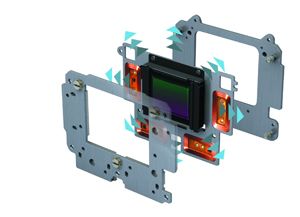 Originally posted by Digitalis
Originally posted by Digitalis 
There is no mention to which degree the lens is mis-focused in order to obtain an accurate reflection of the AF systems speed and responsiveness***.
It's in the italicized text below the charts:
"To minimize the effect of different lens' focusing speed, we test AF-active shutter lag with the lens already set to the correct focal distance."
They are testing how fast the camera can confirm it's already in focus and trip the shutter from different initial camera states and settings, not how fast it can focus on a mis-focused target..
 Originally posted by Digitalis
Originally posted by Digitalis 
The use of the Nikkor 60mm f/2.8G Macro which is not known for being a AF speed demon**, rather than using a fast 50 is somewhat perplexing.
They use the Sigma 70mm f/2.8 macro when possible, it was supposedly relatively fast at these tests and available for most systems (more under the chart in one of the
Canon tests). The focusing ring isn't turning for any of it, so the long focus throw macro lens AF shouldn't be a factor.
For what it's worth, they give info on how they time these tests here
Digital camera timing tests at Imaging Resource, and claim to be accurate to 0.001s.
I also see no mention of whether SR is on or not, I wonder if it would make any difference for what they're testing. I'm not convinced SR adds any lag at all to tripping the shutter - doesn't the shutter just fire anyway even if SR isn't ready yet? (This could lead to its own problems)


 Similar Threads
Similar Threads 














 Post #6 by Jens Lyn IV
Post #6 by Jens Lyn IV








